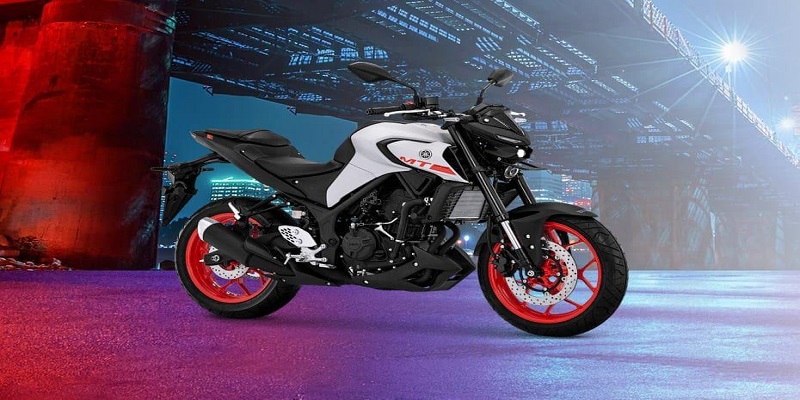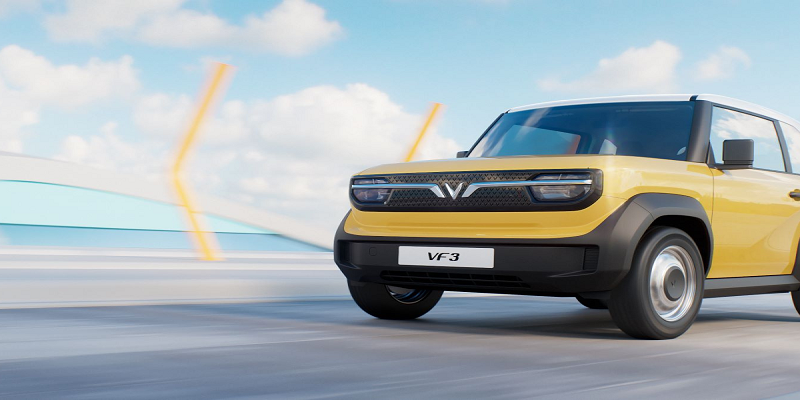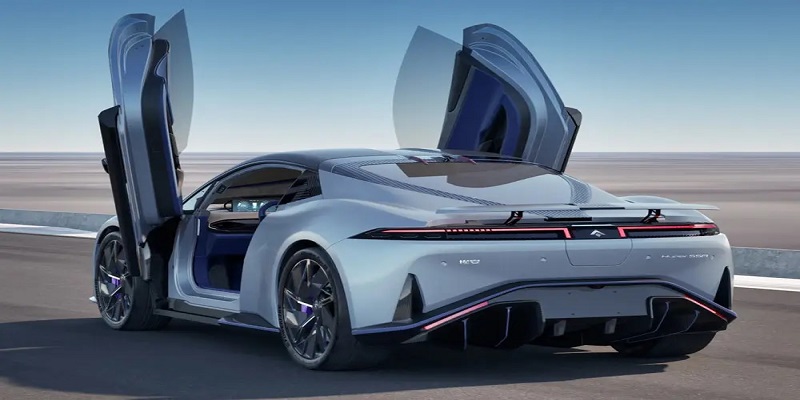Toyota, a global leader in automotive innovation, has always been at the forefront of pushing boundaries to shape the future of mobility. One of the most ambitious projects the company has embarked upon is the development of Toyota Woven City, an entirely new kind of smart city designed to integrate cutting-edge technologies, sustainability, and innovative transportation solutions. Situated at the base of Mount Fuji in Japan, Woven City is envisioned as a fully connected ecosystem that will serve as a living laboratory for testing autonomous vehicles, robotics, sustainable energy solutions, and advanced urban planning concepts. In this article, we will explore the groundbreaking aspects of Toyota Woven City and how it represents a vision for the future of urban living.
The Concept of Woven City: A New Urban Paradigm
The concept of Toyota Woven City is rooted in the idea of creating a smart city where all aspects of daily life are interconnected and driven by advanced technologies. The city is being built on a 175-acre site and will be home to a combination of researchers, residents, and workers who will help test and develop various technologies in real-world conditions. The name “Woven City” reflects the interconnected nature of the city’s design, with different elements of the city—such as transportation, energy, and healthcare—woven together to create a seamless and efficient urban experience.
Unlike traditional cities, which are often designed with a focus on cars and traffic, Woven City will prioritize pedestrians, cyclists, and electric autonomous vehicles (EVs). The city will be a fully integrated ecosystem that aims to improve the quality of life for its residents while reducing environmental impact. It’s not just a place to live but a place to explore how innovative technologies can be applied to urban planning, transportation, and sustainability.
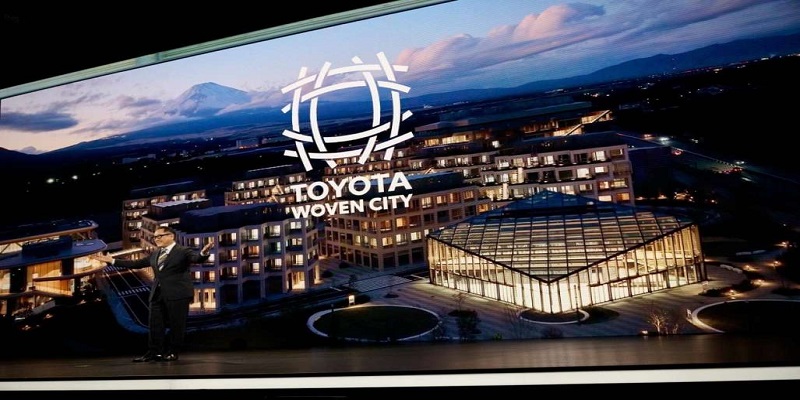
Sustainable Urban Living: A Focus on Green Technologies
One of the core pillars of Toyota Woven City is sustainability. The city is designed to be carbon-neutral, relying heavily on renewable energy sources to power all of its systems. Toyota plans to integrate solar panels, hydrogen fuel cells, and other green technologies throughout the city to create an energy-efficient urban environment. The use of clean energy is not limited to just powering homes and buildings but will extend to the entire transportation network, making Woven City a truly sustainable living space.
Hydrogen, a key component of Toyota’s vision for a sustainable future, will play a significant role in Woven City. The city will feature a hydrogen-powered infrastructure, with hydrogen fuel stations dotted around the city for residents and visitors to access. Hydrogen-powered vehicles, buses, and even drones will be part of the transportation system, reducing the carbon footprint associated with traditional fuel sources.
Additionally, Woven City’s design emphasizes green spaces and urban farming. The city will feature eco-friendly buildings with energy-efficient designs, creating a harmonious balance between modern infrastructure and nature. Toyota’s focus on sustainability aims to set a new benchmark for future cities, showcasing how advanced technology can be leveraged to reduce environmental impact while promoting a high standard of living.
Autonomous Mobility: Redefining Transportation
At the heart of Toyota Woven City’s transportation model is the concept of autonomous mobility. The city will serve as a testing ground for autonomous vehicles (AVs), allowing Toyota and other partners to refine their self-driving technologies in a real-world setting. The goal is to create a transportation network that is not only efficient but also safe and accessible to all.
Woven City’s infrastructure will be designed specifically to support autonomous vehicles. The roads will be divided into three distinct lanes: one for pedestrians, one for personal mobility devices (such as e-bikes and scooters), and one for autonomous vehicles. This innovative design ensures that AVs can operate smoothly alongside humans and other forms of transportation, minimizing congestion and accidents.
In addition to self-driving cars, Woven City will also explore other forms of autonomous mobility, such as delivery robots, autonomous buses, and air mobility solutions like drones. This focus on diverse transportation options will provide valuable insights into how cities can be reimagined to accommodate the growing demand for electric and autonomous vehicles.
Smart Technologies and Connectivity
Toyota Woven City is being designed as a “connected city,” where every aspect of life is enhanced by smart technology. The city will feature an extensive network of sensors, data analytics, and Internet of Things (IoT) devices that will collect real-time data on everything from traffic patterns to energy usage. This data will be used to optimize services, improve efficiency, and create a more personalized living experience for residents.
For instance, sensors embedded in the city’s infrastructure will monitor air quality, temperature, and noise levels, allowing the city to adjust environmental controls in real-time to improve comfort and health. Smart homes in Woven City will be equipped with advanced IoT systems, allowing residents to control their lighting, heating, and appliances remotely through a central app or voice commands. This seamless integration of technology into daily life will redefine how people interact with their surroundings and contribute to a higher standard of living.
Woven City will also serve as a testing ground for new technologies in healthcare, including robotic caregiving solutions and AI-driven health monitoring. The goal is to create a system that not only improves mobility but also enhances the overall quality of life for residents, making healthcare more efficient and accessible.
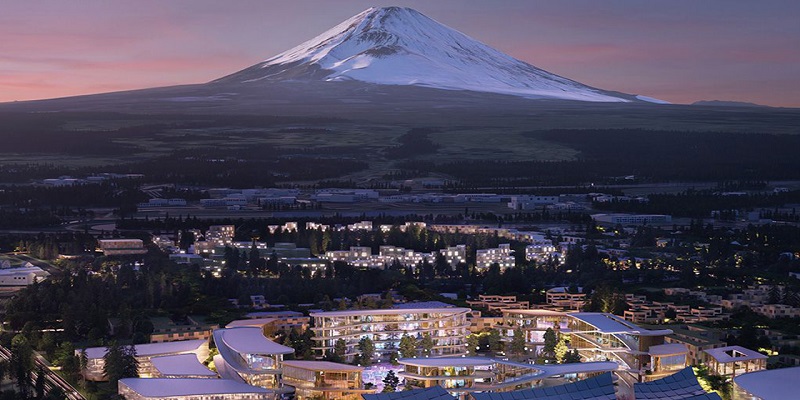
A Living Laboratory for Innovation
One of the most unique aspects of Toyota Woven City is its role as a “living laboratory.” The city will be a place where researchers, engineers, and innovators from various industries can collaborate and test new technologies in a real-world environment. The city’s design encourages experimentation and data collection, allowing Toyota and its partners to refine their ideas before rolling them out on a larger scale.
For example, the city’s integration of autonomous vehicles, drones, and robotics will provide valuable data on how these technologies can be deployed safely and effectively in urban settings. Similarly, the city’s focus on sustainability will allow for testing of green technologies in energy production, waste management, and water conservation. The lessons learned in Woven City will provide a roadmap for future cities around the world, helping to create more sustainable, efficient, and livable urban spaces.
Conclusion: The Future of Smart Cities
Toyota Woven City represents a bold vision for the future of urban living. By integrating cutting-edge technologies like autonomous mobility, renewable energy, and smart infrastructure, the city aims to create a harmonious and sustainable environment where residents can thrive. As a living laboratory, it will play a crucial role in shaping the future of smart cities and urban development. Through innovation, collaboration, and a commitment to sustainability, Toyota Woven City has the potential to redefine how we think about cities and pave the way for a more sustainable and connected future.


